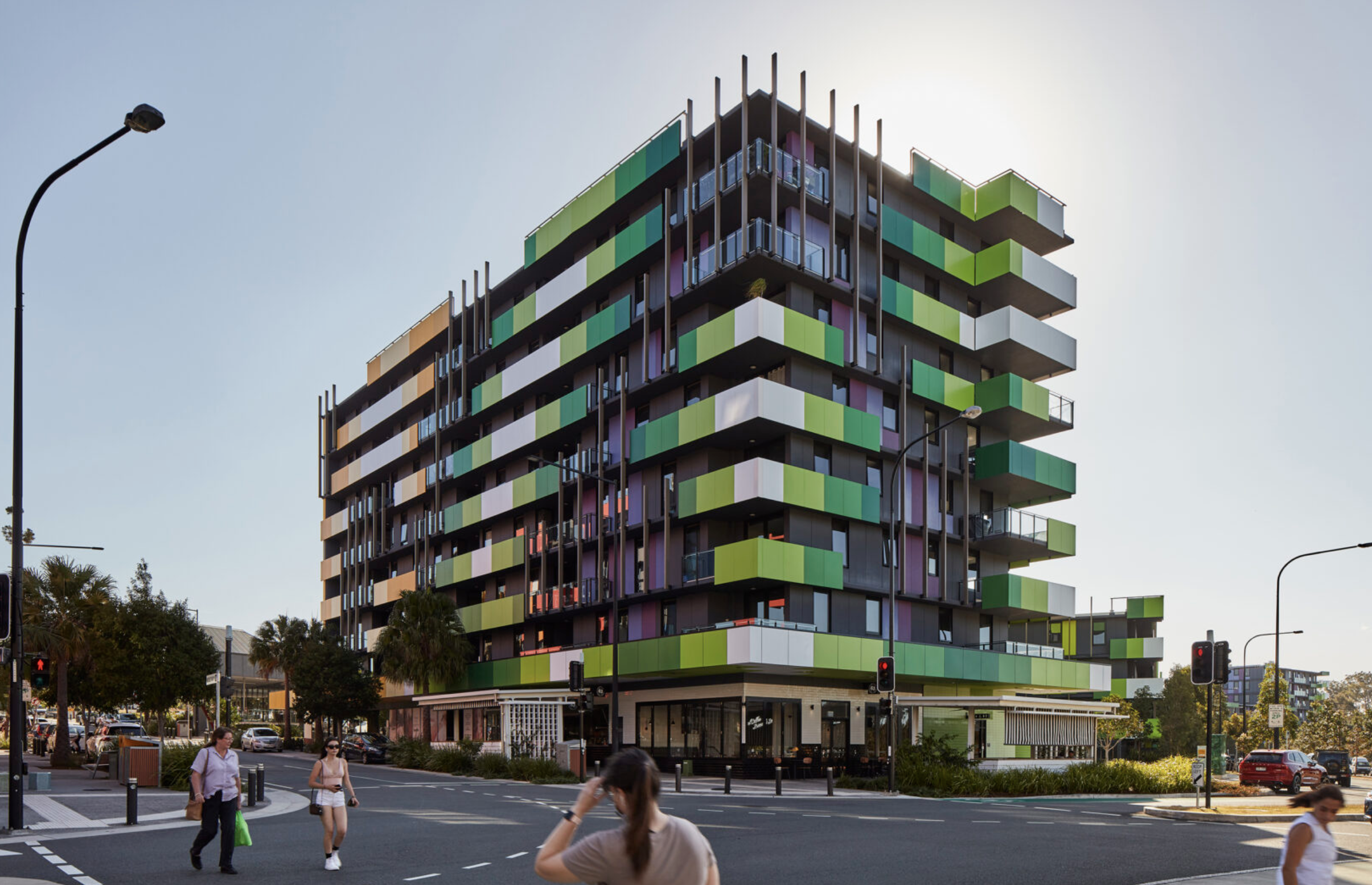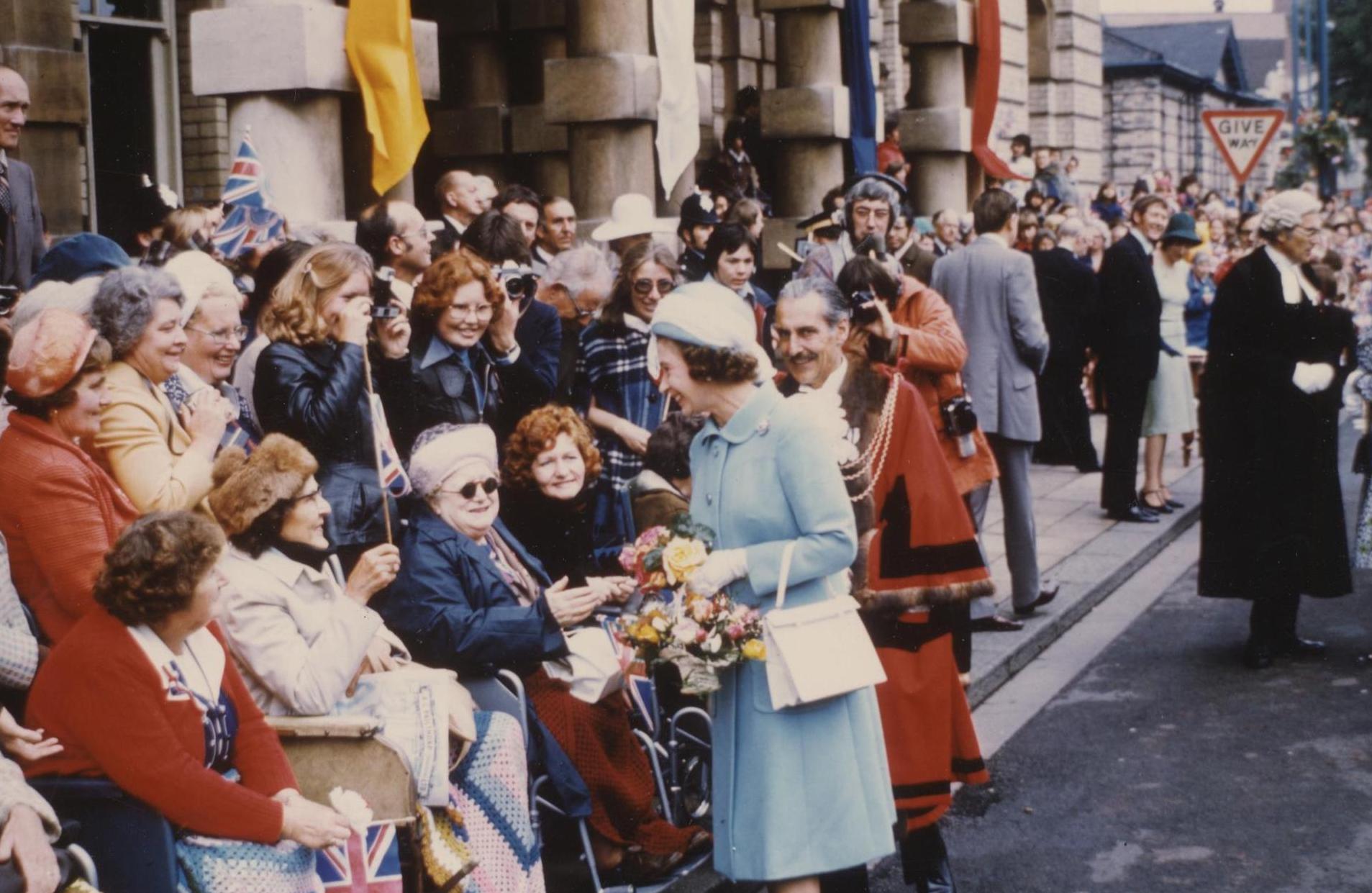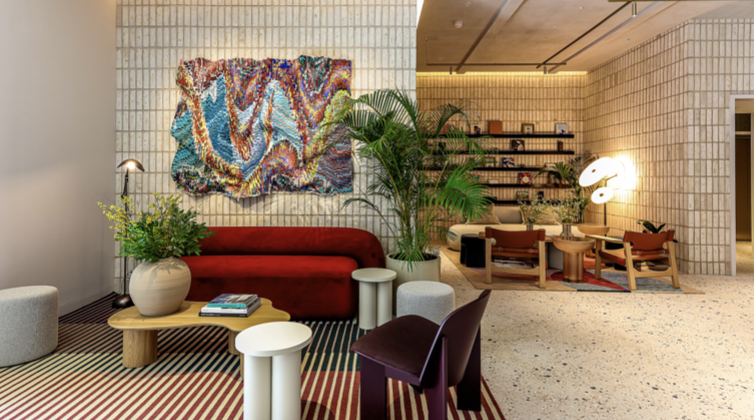Opinion: Communications expert and urbanist Aceil Haddad is not scared of AI – here she tells Urban Living News why.
That’s right, it’s an article about AI and the built environment but jumping to its defence – should we really fear it? I don’t think so. Whilst AI is advancing swiftly and it is able to do a lot of the legwork – it doesn’t have the human touch, and it never will. To its credit, AI is efficient, calculated and accurate – rightly it is causing a stir in business and industry but there are so many things it lacks.
I was with a developer the other day, who said, before a spade is put into the ground they had spent £500,000 on architects, engineers, transport planners, consultants and conservationists. On the one hand, it’s the antiquated, over-regulated planning system, but on the other, it’s the constant tweaks and amendments, that then need to be costed, designed and checked which all take time and money – the complex, more mathematical spreadsheet work could be done by AI, leaving humans to do the thinking and consideration.
AI for all its advances, cannot undertake complex decisions, its role is analysing and calculating data which will remove human error in calculations. But it hasn’t lived, it doesn’t know how we live, whether we’d rather a family bathroom or an en-suite to the master, because it doesn’t have a frame of reference.
AI may mean some job ‘losses’, but let’s be honest, this may well contribute to solving the talent shortage. From what I’m hearing from the built environment sector overall, the pressing need is for more uniquely human emotional intelligence (EQ) rather than IQ and in building a better, fairer, more sustainable world, isn’t that where we should put our efforts?
The solutions to the housing crisis, to high streets or designing offices, all require creativity. AI is prescriptive and doesn’t have its finger on the pulse because it isn’t thinking or being.
Taking housing, we’ve just been through a pandemic which limited our access to outdoor space, consequently, developers have revisited their plans (if in planning) to design in balconies because of that lived experience. Computer would probably say no, because it is costly, it requires extra engineering and with the constraints of budget and material it would make a very definite decision.
A huge part of the built environment is relationship building – whether it’s business to business or communicating with the community. With workloads so great, this is definitely an area that needs improvement and AI just hasn’t the ability to do it, merely to streamline it. Human interaction and negotiation are essential skills in the built environment for successful collaborations.
There is a lot of discussion about the role of robotics in housebuilding but fear not, we need to build more. In 2019, research from the National Housing Federation (NHF) and Crisis by Heriot-Watt University estimated that we needed to build 340,000 new homes for need to be supplied in England each year, of which 145,000 should be affordable. Since this research was released, we have consistently been behind targets by circa 25 per cent and the last time we achieved the number of homes recommended in the report was in 1976.
Even if robotics took over the mass production of homes, we will still need tradespeople to do the final touches, final sign off and maintenance.
Am I scared of AI and the built environment? As a communications professional there is some hesitancy with the rise of Chat GBT, but really I see human interaction more important than ever and in the built environment I think we definitely need to invest more time into communications and allow the computers to take care of the desk work.
























